Travel
3 Ways to save Nemo and Dory
With the release of Finding Dory this 17 June, a global spike in marine aquarium fish demand is expected. The Philippines and Indonesia are the world’s top exporters of wild-caught marine fish, supplying 85% of the trade – so Pinoy fishers will soon be scouring reefs for Nemo, Dory and all their finned friends. What can we do to protect them?
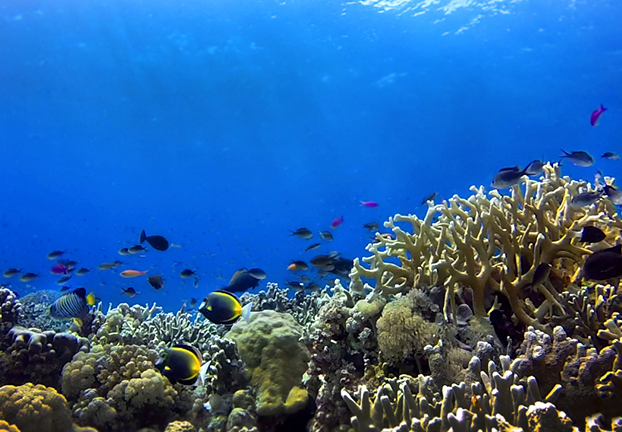
By Gregg Yan
Best Alternatives Campaign
Sure, Finding Nemo was an awesome movie, inspiring a generation of people to love clownfish, now colloquially called Nemos. Its intended message was to keep fish in the sea, where they belong.
But did you know that after the movie, millions of clownfish were plucked from coral reefs and plunged into aquaria? Everyone wanted to keep Nemo! Global clownfish sales jumped 40% and many reefs were left without the happily-dancing orange fish. Sadly, many died at the hands of well-meaning but inexperienced aquarists – because those pretty marine fish are also pretty hard to keep!
The Best Alternatives Campaign estimates that in the Philippines, about nine out of ten wild-caught marine aquarium fish die within a year of capture. Only the hardiest fish or those lucky enough to be bought by experienced aquarists survive.
With the release of Finding Dory this 17 June, a global spike in marine aquarium fish demand is expected. The Philippines and Indonesia are the world’s top exporters of wild-caught marine fish, supplying 85% of the trade – so Pinoy fishers will soon be scouring reefs for Nemo, Dory and all their finned friends. What can we do to protect them?
Choose freshwater fish – Goldfish, guppies, tetras and many freshwater fish are bred by the billions and are well-adapted to aquarium life. Farm-raised fish are cheaper, hardier and environmentally-sound options to marine fish. Since raising aquarium fish can be 250 times more profitable than raising Tilapia, it can be a sunrise industry for the Philippines.
Freshwater fish are our best alternatives to marine fish because only 10% of them are still caught from the wild, like African Rift Lake cichlids or angelfish from the Amazon River. Innovations in breeding might soon end the need to catch them in rivers and lakes while still supplying aquarists with the living jewels they love.
Choose tough marine fish – Marine fish are hard to keep because 95% of them are taken from the most stable environment on Earth – the ocean. Most can’t adapt to life in the average home aquarium, where water parameters fluctuate daily. Many are still caught with cyanide, which stuns hard-to-catch fish but kills up to 75% of them. Popular fish like angelfish, butterflyfish and Moorish idols are specialized feeders which feed on coral, sponges and other tasty treats the average hobbyist probably won’t be able to provide. This is why so few fish survive beyond a year.
Still, a few marine fish species can be kept in aquaria. Hardy and brightly-colored damselfish, gobies and blennies are good choices. Clownfish are the most popular, accounting for 40% of the trade. There are actually 30 clownfish species and Nemo is a Common Clownfish (Amphiprion ocellaris). Clownfish are relatively hardy and can be commercially-bred – but 75% of them still come from the wild.
Dory is another story. First, she’s not related to the Cream Dory we to eat. Second, she’s very, very hard to keep. Dory’s a Regal Tang (Paracanthus hepatus) and feeds almost exclusively on algae and seaweed. She’s prone to parasites and gets sick easily. Most importantly, the technology to breed her kind is still years off – so every single Dory you’ll see will have been plucked from the sea! If you really want to keep marine fish, then consult veteran hobbyists and forums like the Philippine Marine and Reef Aquarium Society (PMRAS), which encourages responsible fishkeeping. Get fish from reputable dealers like RVS Fishworld, which only sells cyanide-free fish caught by hand nets.
See them in the wild where they belong – Fortunately, the Philippines is part of the Coral Triangle and is among the richest countries in terms of marine life (this is why we export so much marine fish anyway). Diving or snorkelling here is way cheaper than in any other country. Wherever you are, there’ll be a reef nearby: Manila has the rich reefs of Anilao in Batangas, Cebu has Moalboal, Davao has Samal Island – even mountainous Baguio has La Union!
So what might happen if we don’t heed these three steps? Let’s look at another marine fish, the Banggai cardinalfish (Pterapogon kauderni), found only in Indonesia. According to conservation group Fondation Franz Weber and scientist Dr. Alejandro Vagelli, from a global population of about 20 million in 1995, only about 1.4 million of them are left – and up to 500,000 are still caught annually to supply the aquarium trade. This means that without immediate conservation measures, they’ll be functionally extinct in just a few years. The European Union has now submitted a proposal to control the trade in the species. A hobby should cultivate love – and fish enthusiasts would be the last to want to lose beauties like the Banggai cardinalfish.
To spread the word on the web, Best Alternatives is launching the #DEFENDDORY campaign by calling on netizens to change their profile photos from now to July. “Instead of wanting to possess fish, let Finding Dory inspire us all to see them in their home – the big blue, where Nemo, Dory and all their friends belong,” concludes Best Alternatives Campaign Leader Gregg Yan.
Best Alternatives allies for this campaign include Bates CHI & Partners Manila, Centre for Sustainability, ComCo Southeast Asia, Conservation International Philippines, Fondation Franz Weber, Greenpeace Philippines, Muni PH, RVS Fishworld, Marine Wildlife Watch of the Philippines, Philippine Marine and Reef Aquarium Society, plus Save Philippine Seas.
Travel
Checking the London Underground
UK’s London Underground serves millions every day, an example of a working train system (that we do not have in the Philippines). Sadly, 1 in 5 LGBTQIA+ travelers experience crime while using it, and 65% did not merit support from bystanders.
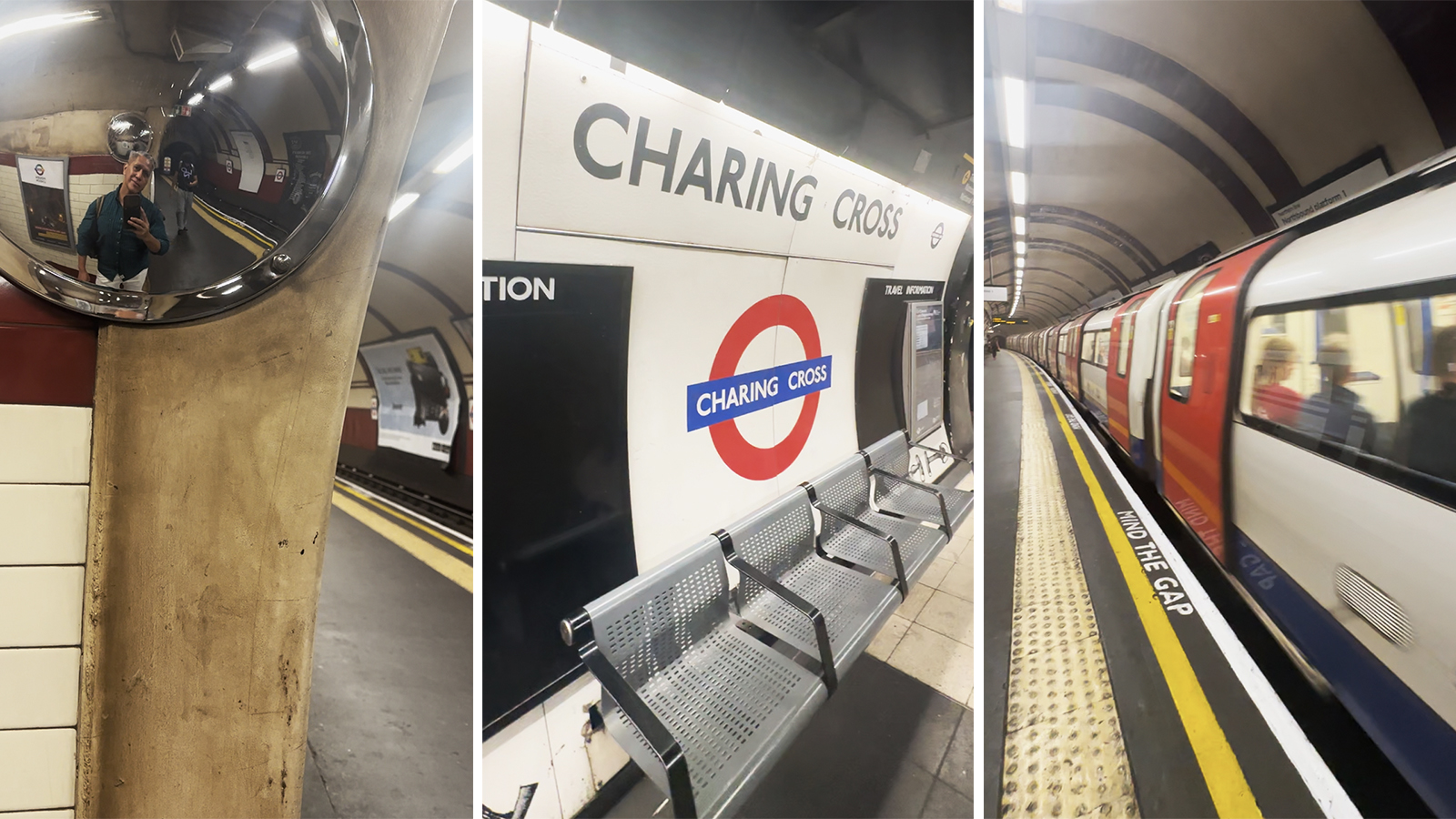
One way for Filipinos who are able to travel overseas can tell how bad our public transport system is, is by comparing the trains. We were invaded by White people in 1521, but – even now – we still only have three train lines.
@outragemag Check #LondonUnderground #trains in #London, aware it could be unsafe for #LGBT ♬ original sound – Outrage Magazine
UK, as an example, has the London Underground. Managed by Transport for London, this started in 1863 as the world’s first underground passenger railway. It now has 11 lines with 250 miles (400 kilometers) of track, with its 272 stations serving around five million passengers every day.
This isn’t a perfect system. Obviously, this is London-centric. It only serves the Greater London area, and some parts of the adjacent counties of Buckinghamshire, Essex and Hertfordshire in England. This is like saying na wala ngang LRT or MRT sa Bulacan o Cavite o Antipolo eh, and this lack highlights the exclusion of those also in need of proper public transport.
Looking at London’s train system through the LGBTQIA+ lens is actually disheartening… particularly if we talk not only about possibly meeting booking while riding trains. In 2023, London TravelWatch released a report that revealed that when LGBTQIA+ people used public transport:
- One in five (21%) experienced hate crime in the past year while travelling on public transport in London
- Four in five (82%) respondents changed their behavior or appearance to ‘fit in’ so they avoid abuse or harassment when travelling
- 65% of those who experienced abuse or harm when travelling in London said bystanders witnessed the incident but did not intervene
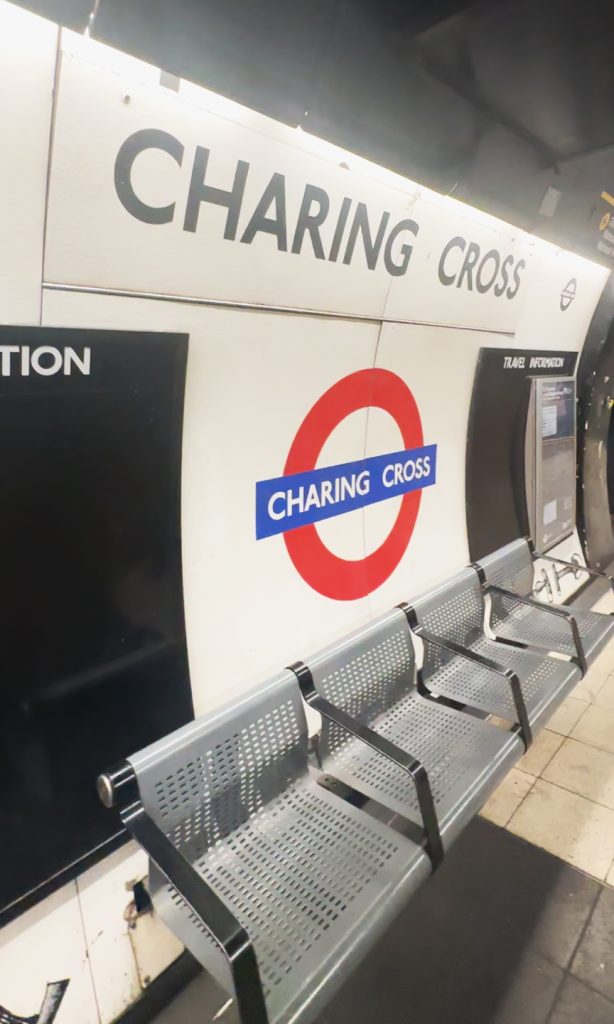
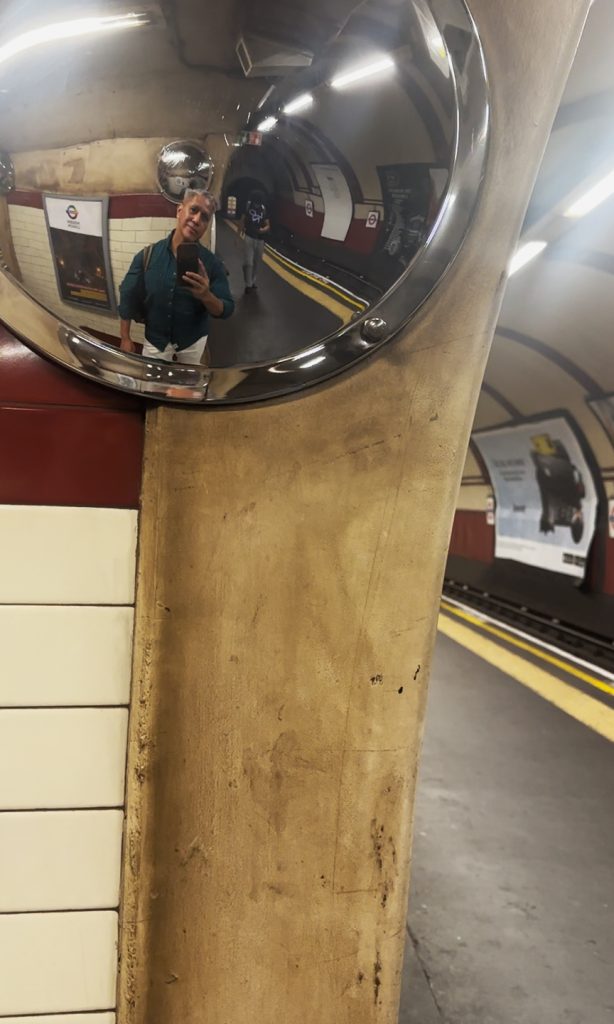
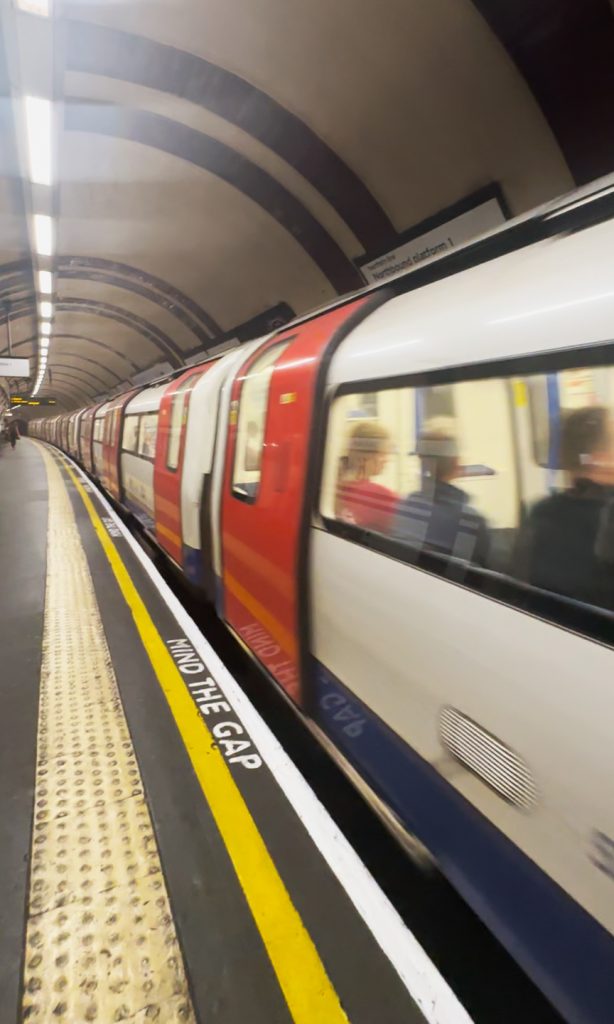
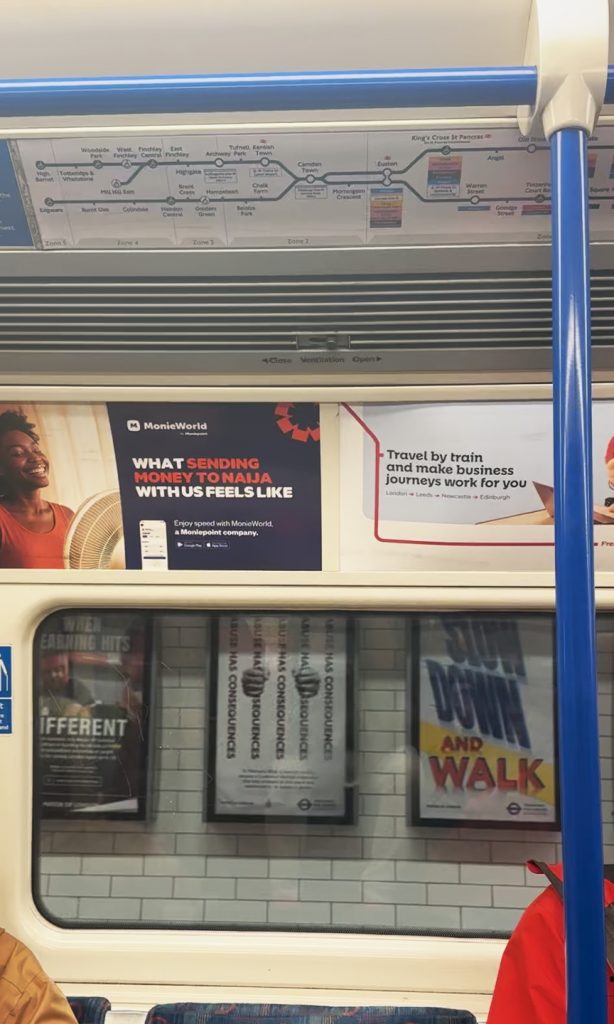
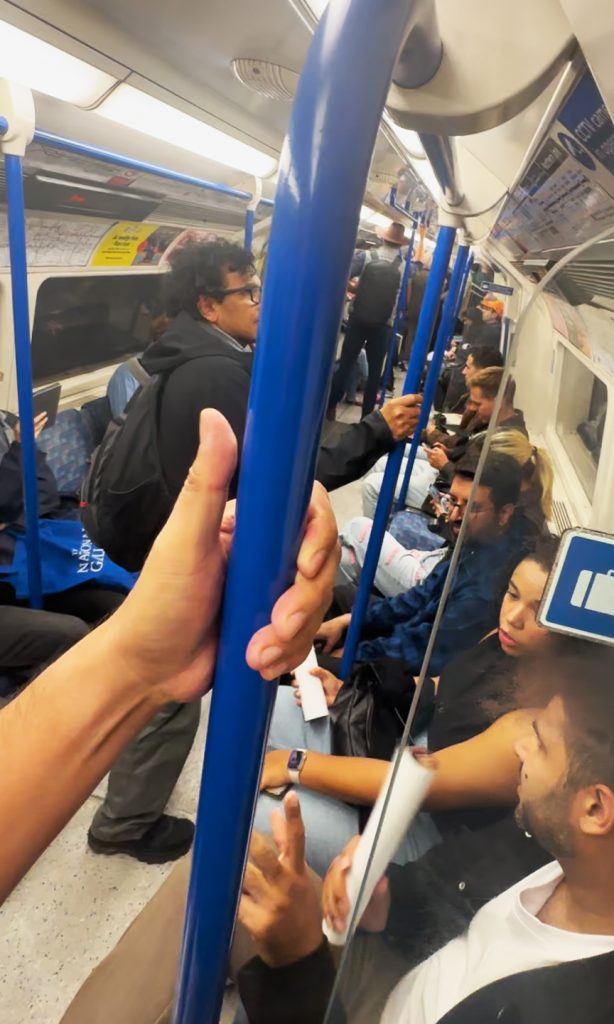
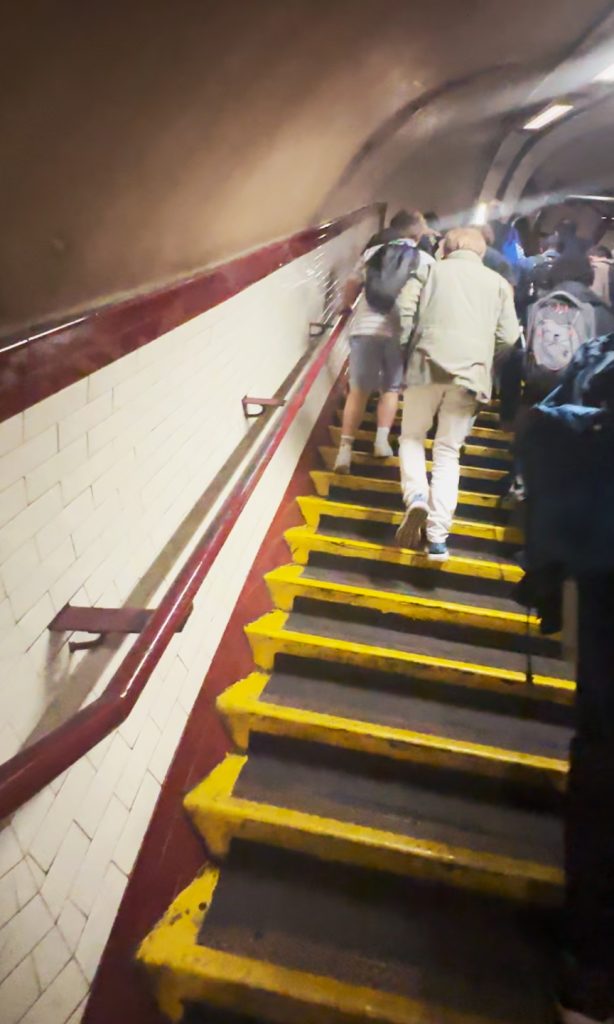

Lesson learned lang din: that even in spaces that better people’s lives, like a working train system, there are minority sectors that could be disadvantaged. And so this must always be considered to make sure all spaces are truly inclusive.
But off we go for more LGBTQIA+ rampa…
Destinations
London has The Monument to remember the fire that destroyed the city, but failed to learn lessons from what happened
Do you know of the #GreatFireOfLondon? #London has a monument for that but some anti-minority (including #LGBT) lessons are not learned.
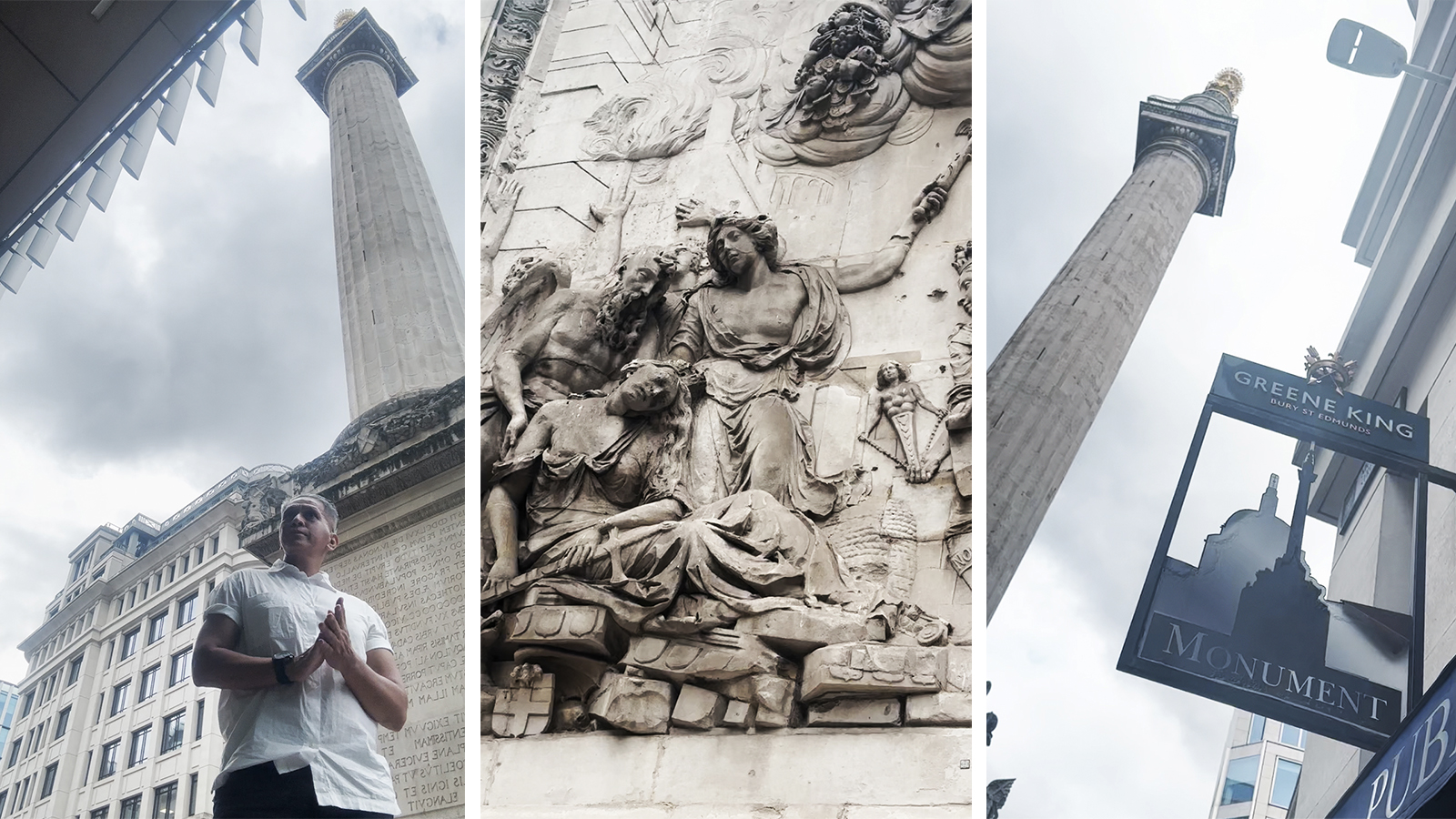
In London in 1666, fire broke somewhere in Pudding Lane, with the blaze raging for days to – basically – gut the medieval City of London inside the old Roman city wall, though eventually extending past the wall to the west of London, and then swallowing almost the entire city.
@outragemag Heard of #GreatFireOfLondon before? #London has #TheMonument for that even if anti-minority (including #LGBT ♬ original sound – Outrage Magazine
The death toll, or yung dami ng namatay, is still contested even now. But some things are generally accepted as true, including:
- How the fire started in the bakeshop of the king’s baker, Thomas Farriner. So he is now eternally blamed for the fire, kahit na baka naman nakatulog lang siya dahil sa pagod sa trabaho. His boss nga eh, the king, did not know a single day of work because his position of power and wealth that came with it were inherited.
- The mayor at that time, Thomas Bloodworth, actually hesitated to make moves to stop the fire, though this is something we already expect from our politicians who – surprise, surprise – still manage to get elected anyway.
- There was blaming of the “others”, including immigrants, homeless people, and so on for causing the fire; this blaming of non-Whites is still common in the UK even now, even if the real abusers are those in positions of power as they make us fight among each other while they live in abundance.
Anyway, to commemorate what they now call as the Great Fire of London, and to mark na rin the rebuilding that followed, they established the Monument to the Great Fire of London. Also called as The Monument, it’s at the junction of Monument Street and Fish Street Hill.
Designed by Robert Hooke, and completed in 1677, The Monument is a column built of Portland stone, with a gilded urn of fire topping it. There is a viewing platform near the top, na ma-a-access through a narrow winding staircase of 311 steps.
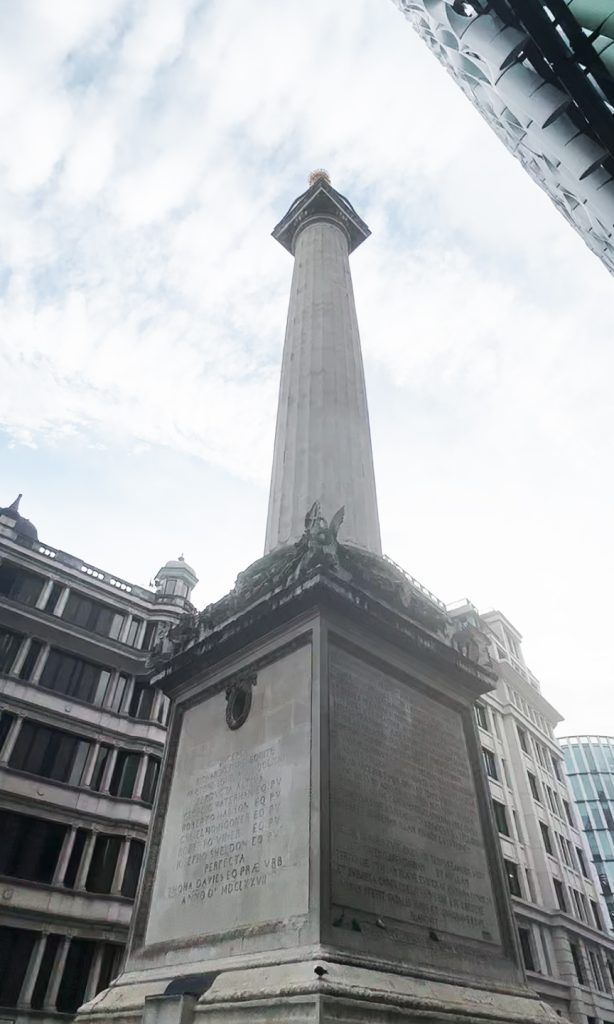
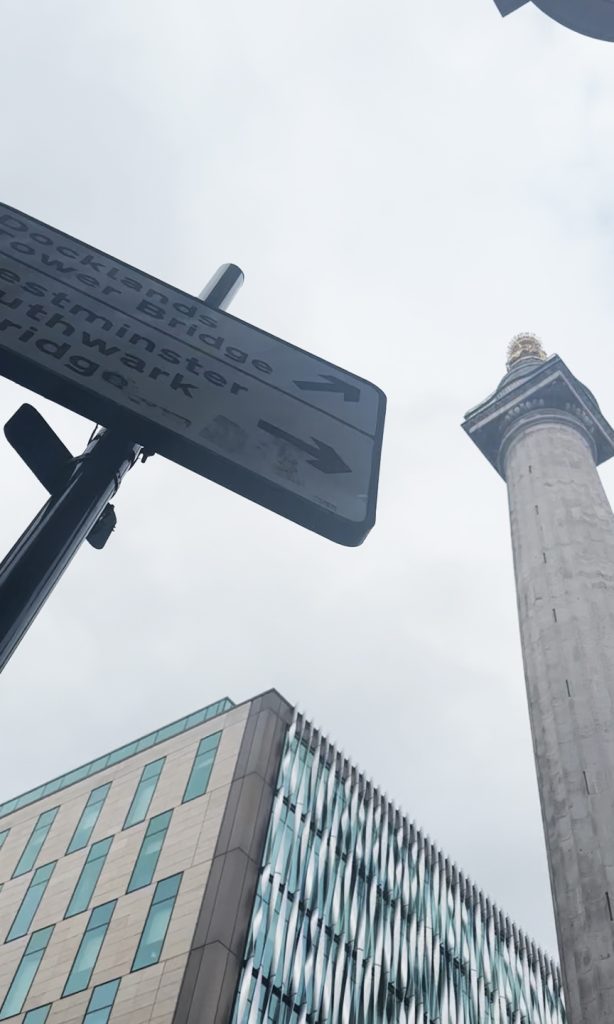
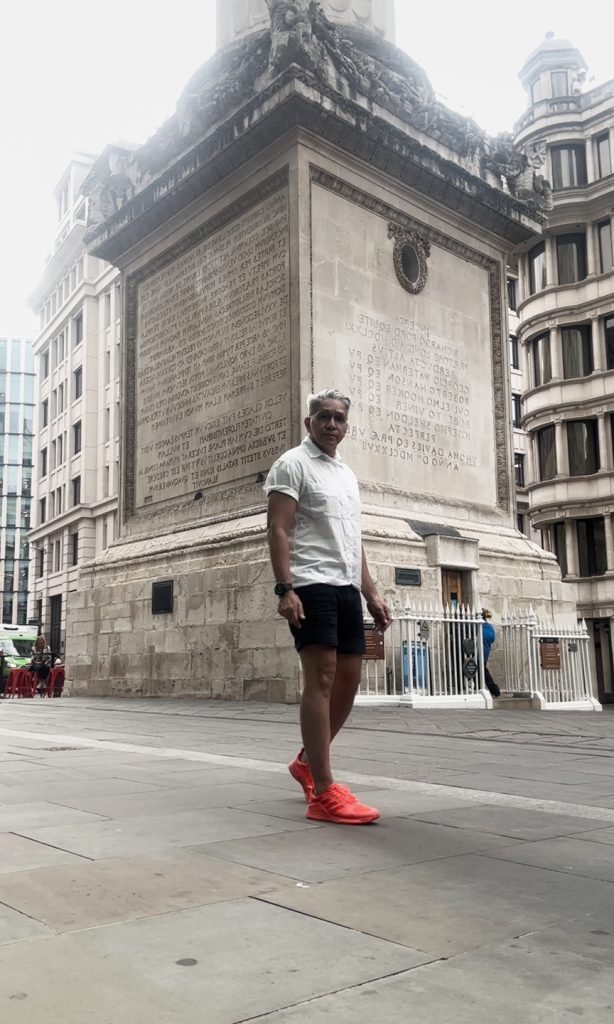
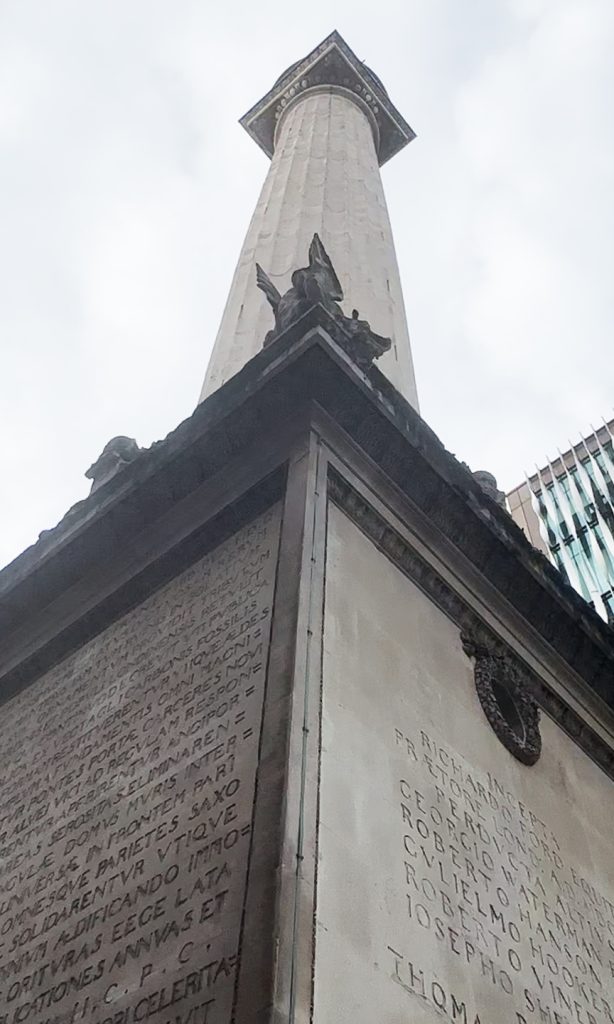
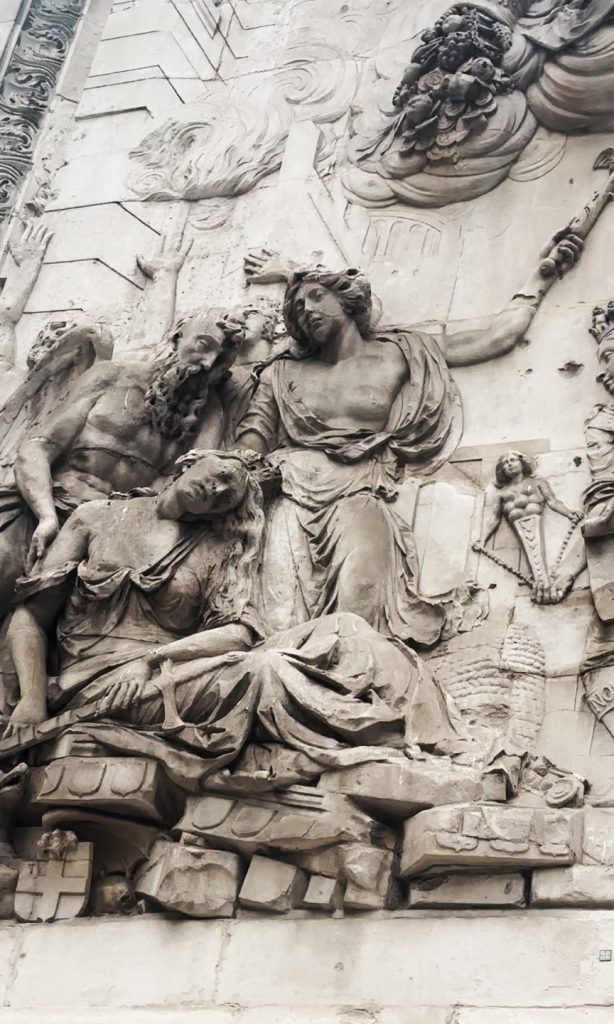
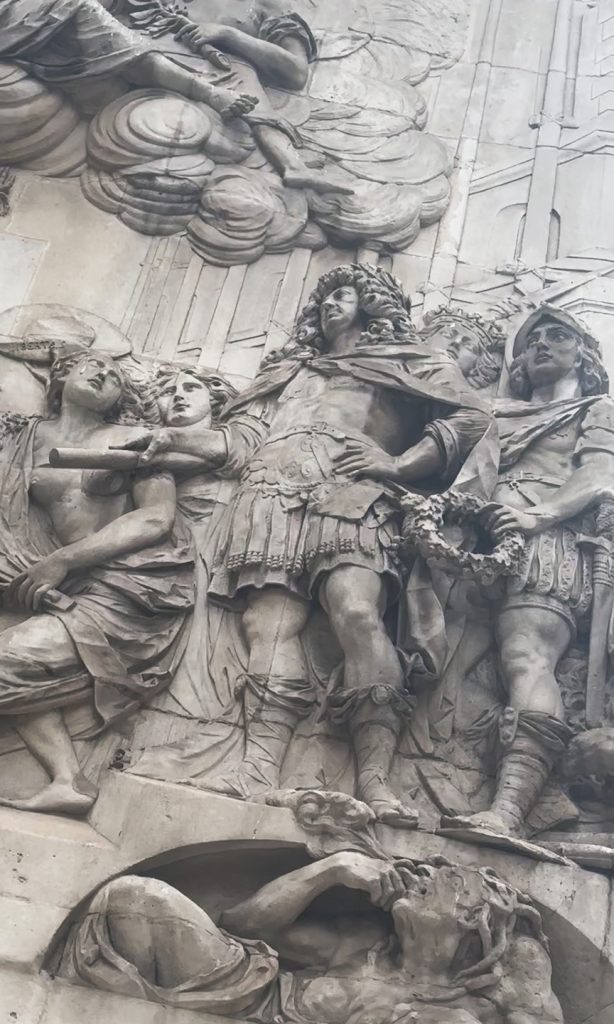
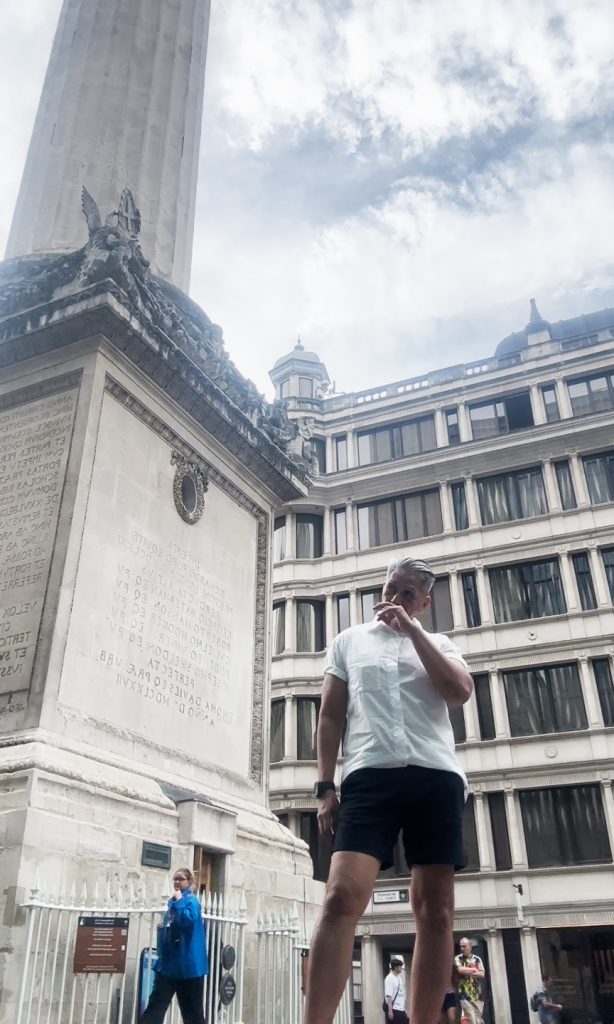
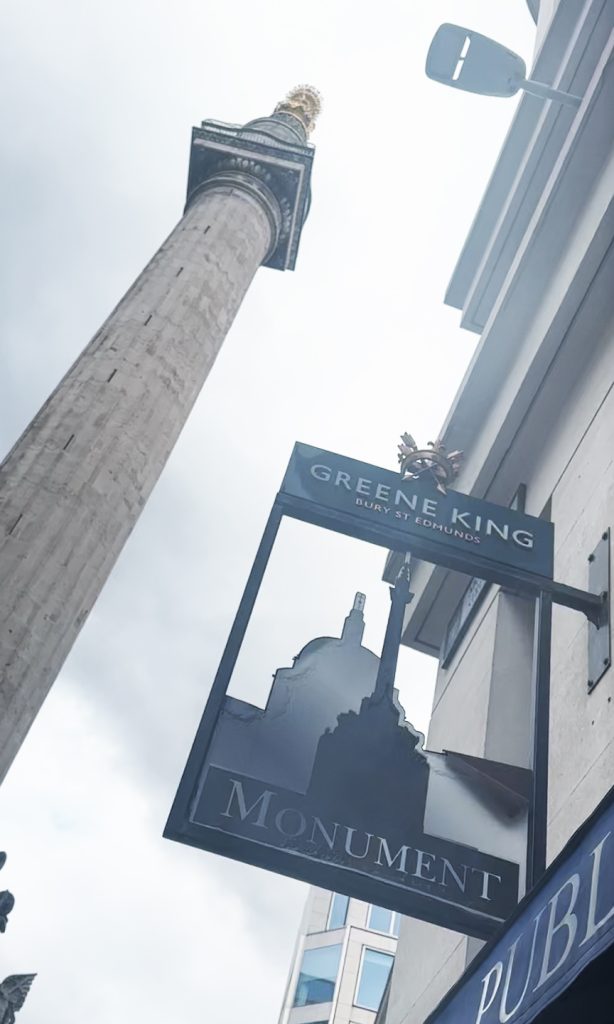
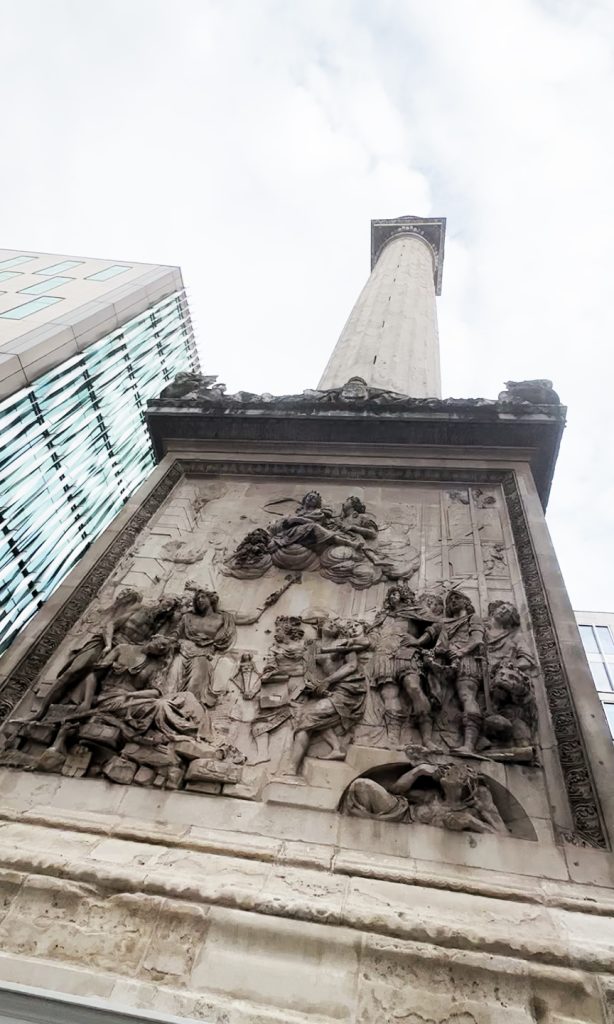
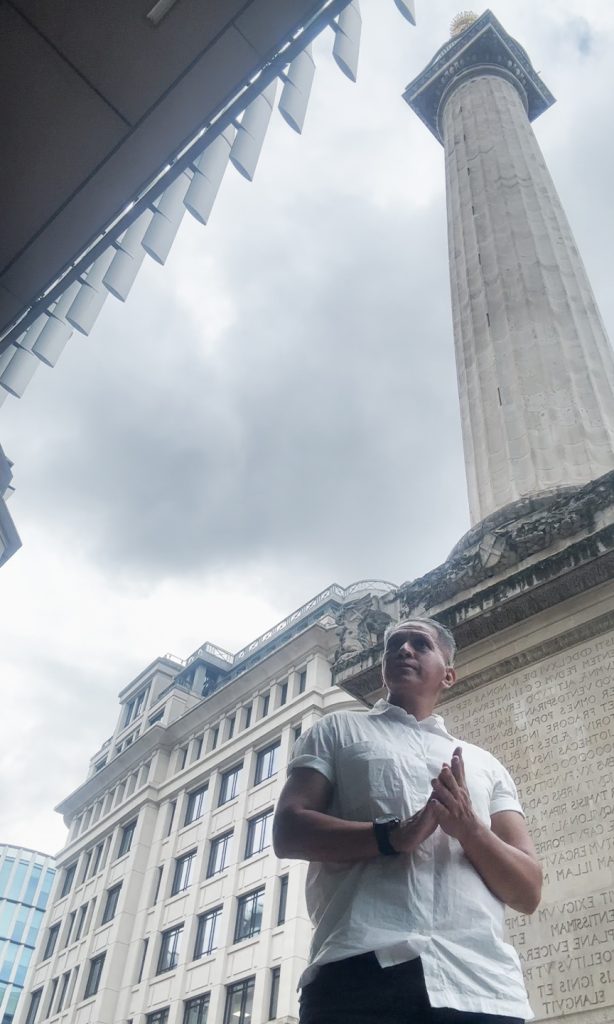
Sa Pilipinas, wala nga tayong great fire, but we have the never-ending ultra-great floods. Our politicians don’t care, too, focusing sa pagpapayaman through nakaw. But we don’t have markers; instead, we just have ruined lives. So yung lessons all the way from 1666, all the way from London, walang nakakarinig, as we all just look at the monuments and not their lessons…
But off we go for more #LGBTQIA+ rampa…
The Monument is located at the junction of Monument Street and Fish Street Hill in the City of London.
Destinations
Your idea of the ‘London Bridge’ is false… thanks to erroneous marketing pandering to our lookism
If you think of the #LondonBridge’, the idea that emerges is the #TowerBridge, thanks to our #lookism abused by misdirected #branding #marketing. Discovered during this #LGBT wandering.
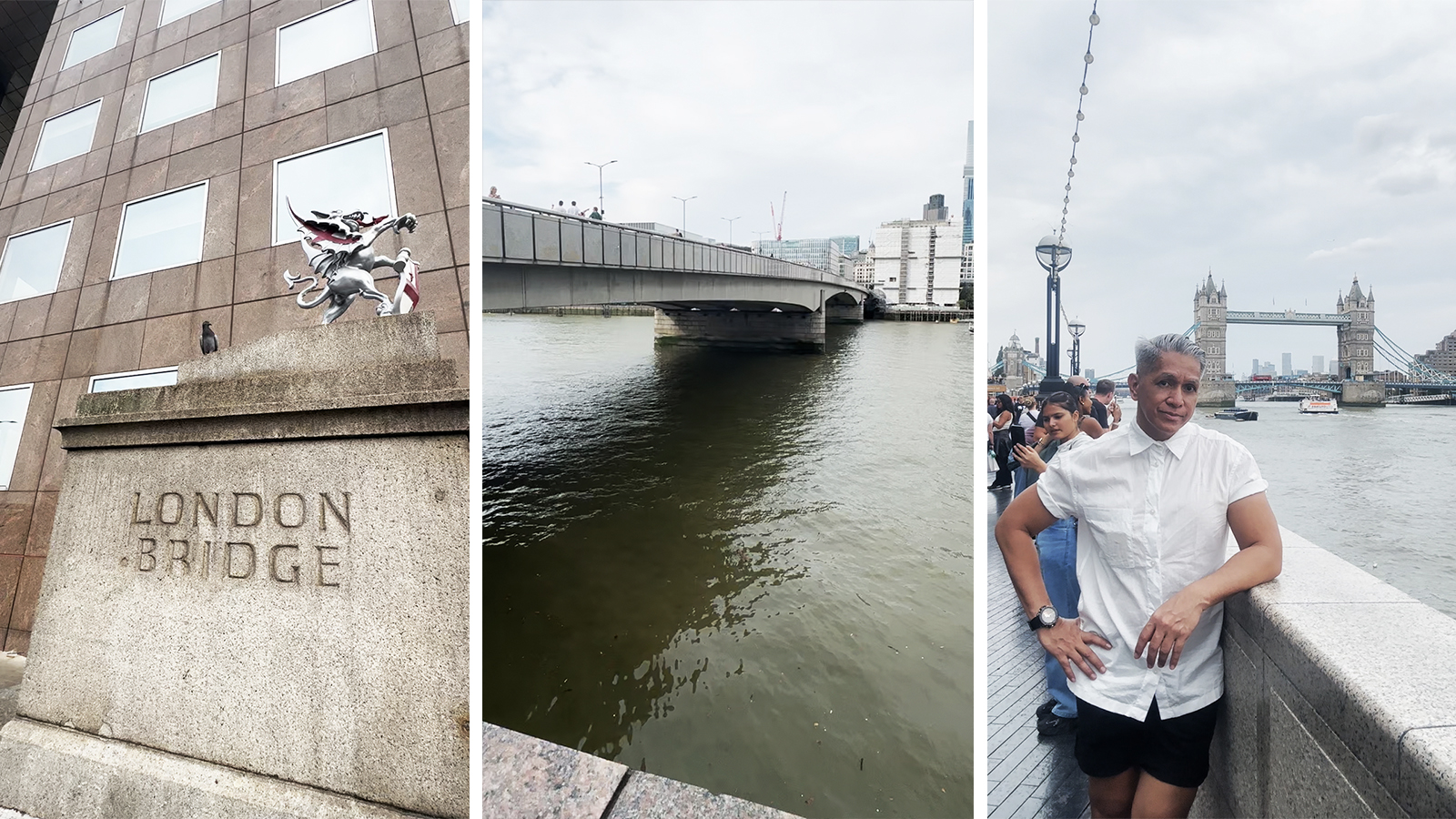
There’s a phenomenon called the Paradox of Information, wherein – surprisingly – the abundance of information actually leads to poorer decision-making because of reduced intelligence because of the superficial understanding of complex issues.
So while you can Google information, comprehension is a completely different matter altogether.
Case in point? The London Bridge in England.
@outragemag Did you know there are 2 #London bridges? The popular #LondonBridge is the #TowerBridge, discovered during this #LGBT #travel ♬ original sound Outrage Magazine
So… for those who do not know, the image associated with the London Bridge is actually the Tower Bridge. Erroneous linking lang due to branding; that is, the London Bridge may be the most famous bridge in London, but the bridge that has been used to promote London is a different bridge altogether, the Tower Bridge.
Magkatabi lang sila; they’re near each other, along River Thames.
London Bridge is the oldest river crossing in London, and mahaba ang history nito.
Timber bridges were built by the Romans over 600 years ago. This was followed by a 600-year-old stone-built bridge. Then there’s the 19th century stone arched bridge designed by Scottish civil engineer John Rennie. Then the concrete and steel bridge in use today was opened by the late Queen Elizabeth II in 1973.
The thing is: this bridge may be historical, but it looks common.
Which is why you don’t see it in movies or postcards or socmed uploads and so on.
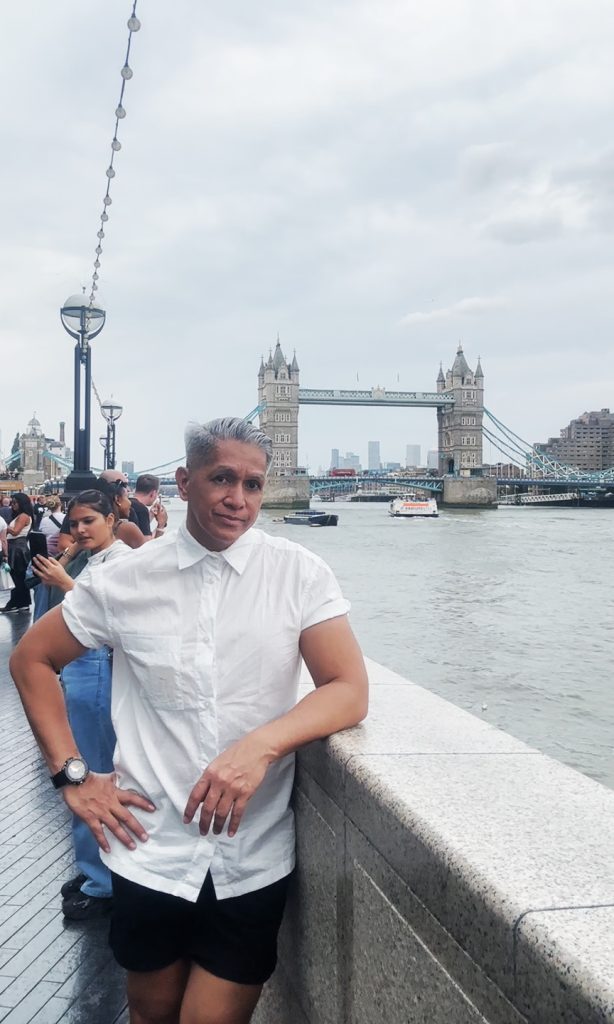
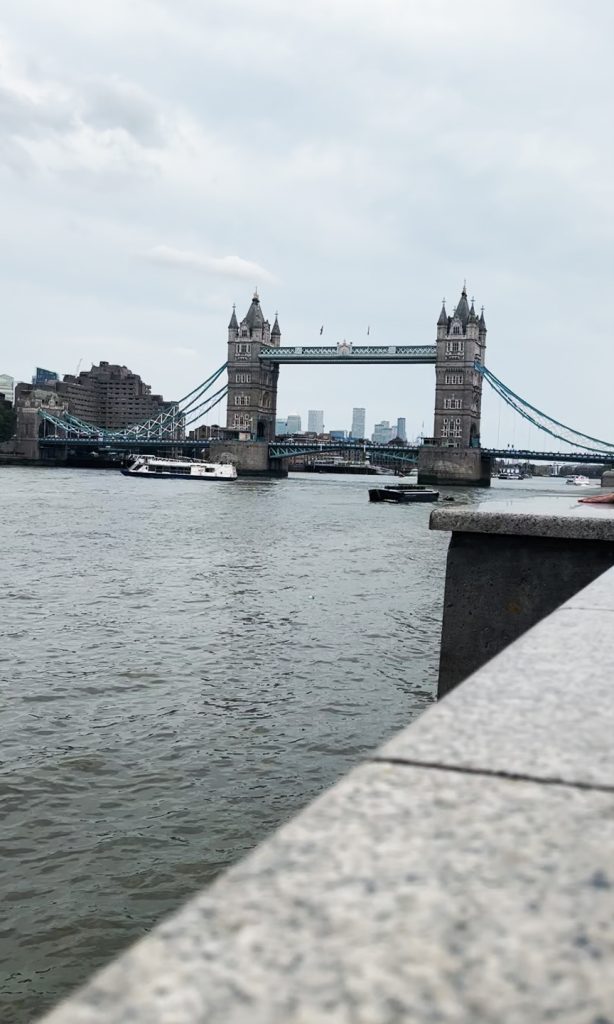
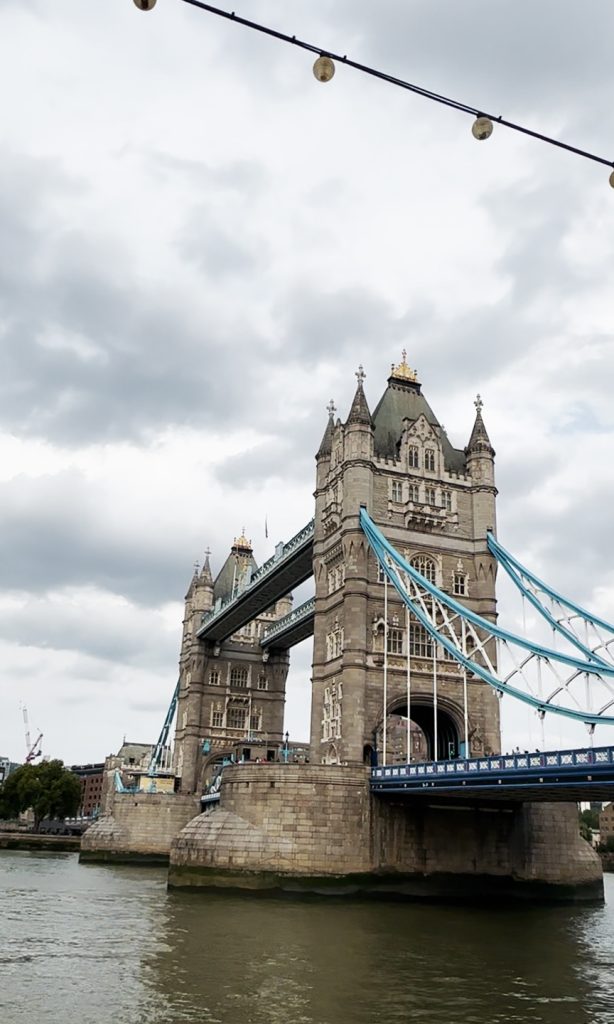
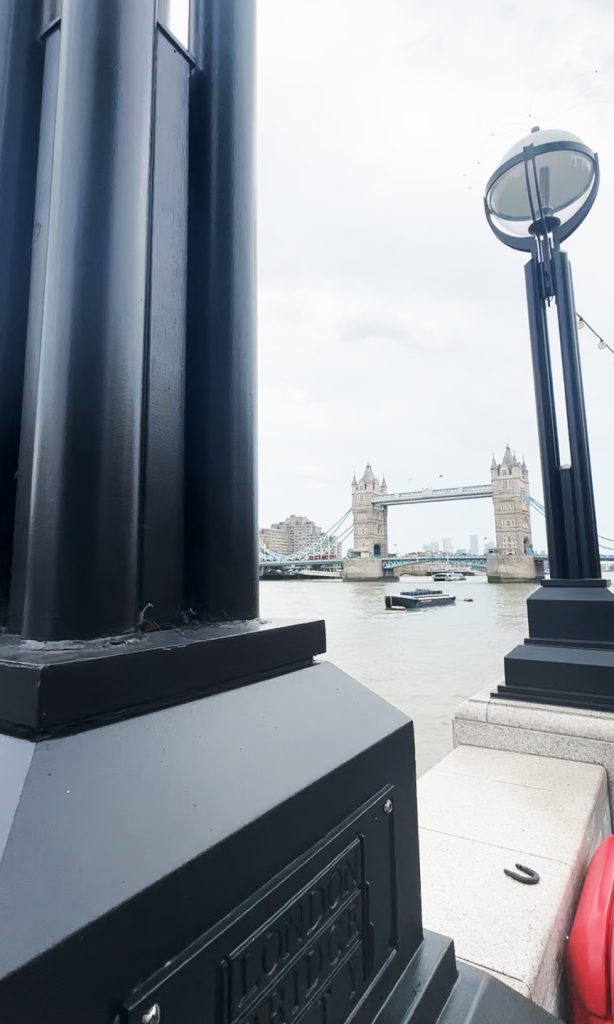
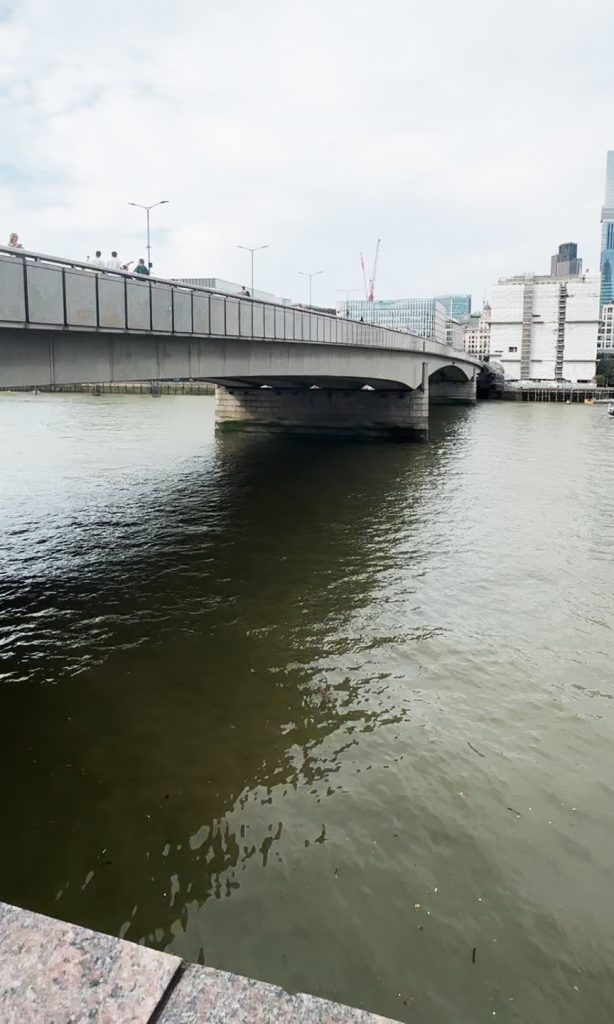
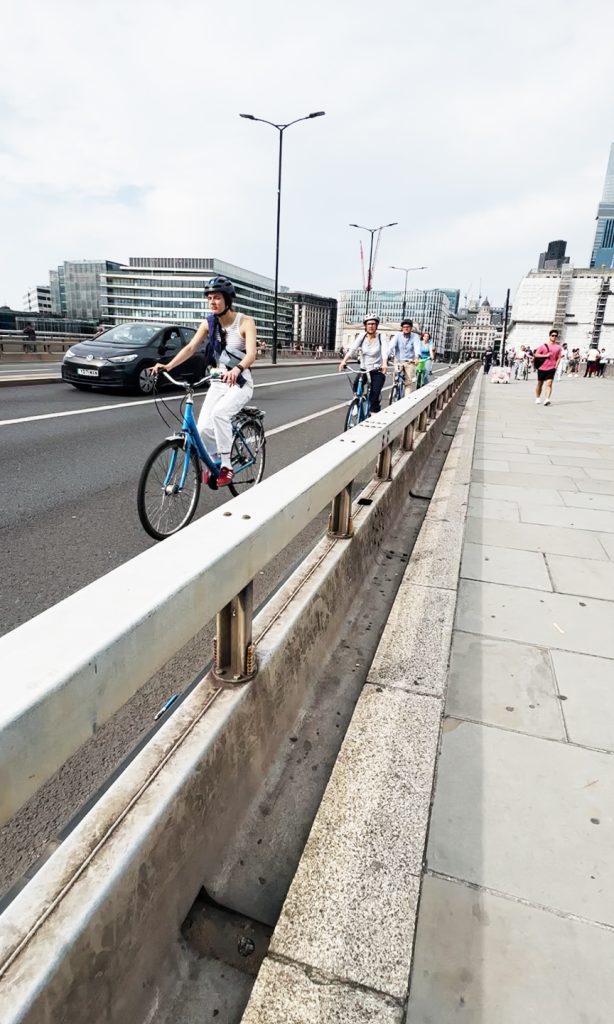
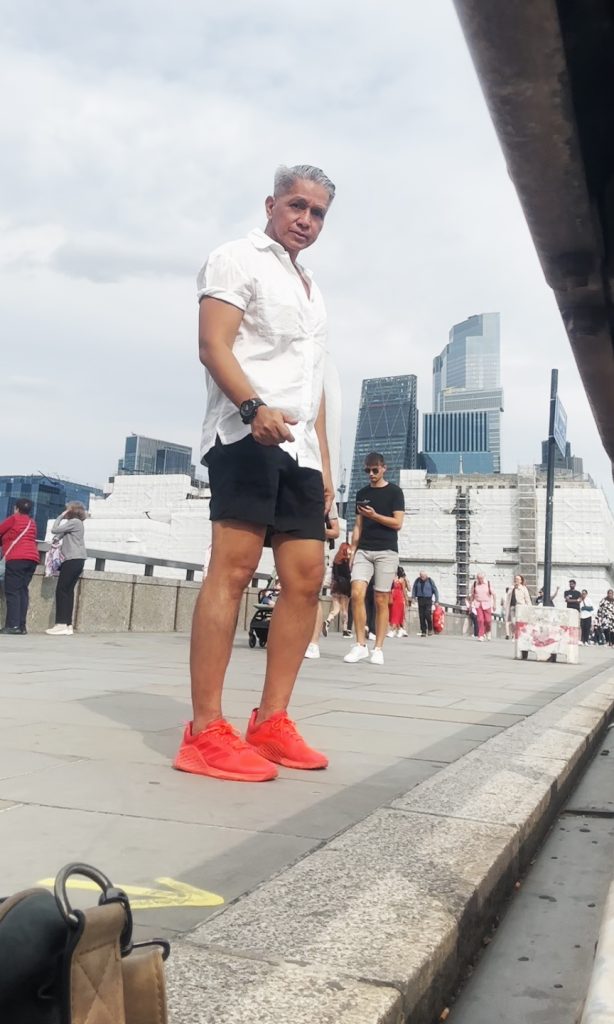
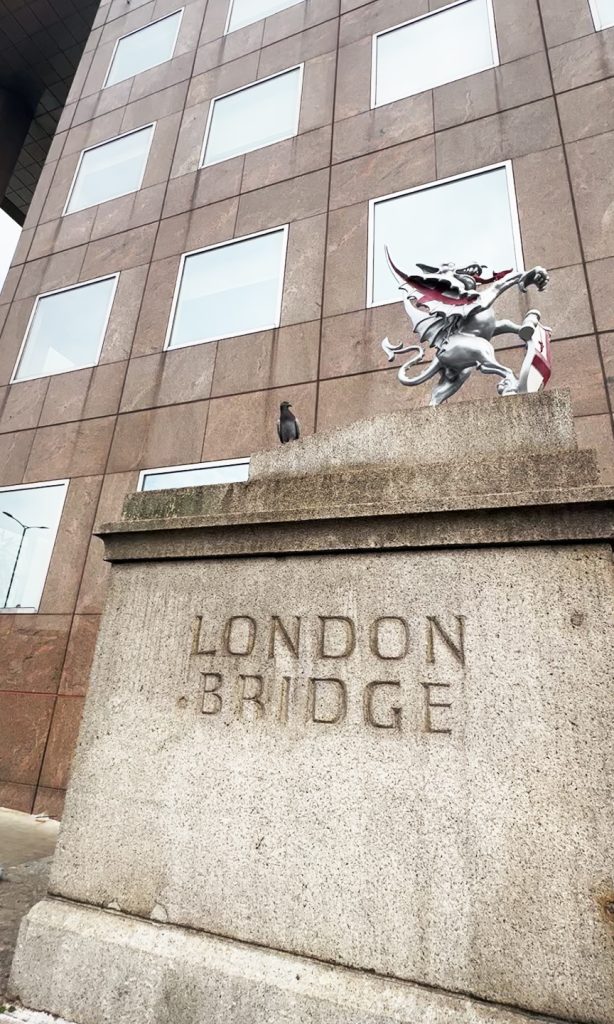
Instead, you see the Tower Bridge.
This one was built in 1894, with a Neo-Gothic design that blends with the Tower of London. This was designed by Sir Horace Jones, and helped implemented by Sir John Wolfe Barry.
So eto na nga… there are some lessons to be learned here:
- Just because we think we know, doesn’t mean we do.
- That ang laki ng impact ng marketing sa buhay natin, changing the ways we perceive the world.
- That we can all be lookist; mas sikat ang mas maganda, even if mas historical ang di kagandahan.
- And yet… we can learn naman.
So off we go pa for more #LGBTQIA+ rampa…
-

 NewsMakers3 weeks ago
NewsMakers3 weeks agoUnderstanding hypertrophic cardiomyopathy
-

 Pet Care3 weeks ago
Pet Care3 weeks agoBack-to-school season can be ruff on pets
-

 NewsMakers3 weeks ago
NewsMakers3 weeks agoPlant-based nutrient improves immune cells’ ability to fight cancer
-

 Home Care3 weeks ago
Home Care3 weeks agoExplore the benefits of a bathroom upgrade
-

 Nutrition3 weeks ago
Nutrition3 weeks agoProtein-packed sweet treats
-

 Nutrition3 weeks ago
Nutrition3 weeks agoPower your summer with 100% orange juice
-

 Destinations2 weeks ago
Destinations2 weeks agoFinding Neverland in London
-
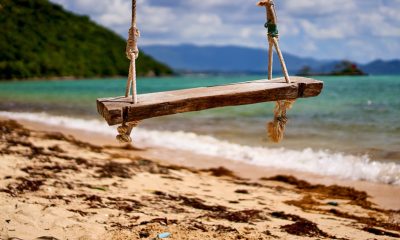
 NewsMakers3 weeks ago
NewsMakers3 weeks agoForget materialism, a simple life is happier: research


























